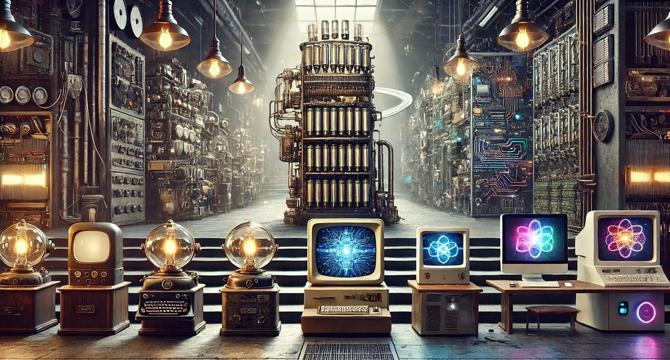Medium
1M
258

Image Credit: Medium
The Evolution of Computer Generations
- First Generation (1940s-1950s): Vacuum Tubes and the Dawn of Computing
- The first generation of computers relied on vacuum tubes as their primary technology, were massive in size, and consumed enormous amounts of power.
- Second Generation (1950s-1960s): Transistors Revolutionize Computing
- The second generation introduced transistors, which reduced the size and power consumption of computers, making them faster and more reliable.
- Third Generation (1960s-1970s): Integrated Circuits and the Rise of Minicomputers
- The third generation saw the use of integrated circuits (ICs), increasing computing power and reducing costs and size. It also brought high-level programming languages and the development of minicomputers.
- Fourth Generation (1970s-Present): Microprocessors and Personal Computing
- The fourth generation marked the invention of microprocessors, leading to the era of personal computers (PCs). Microprocessors made computers smaller, cheaper, and more powerful, and introduced graphical user interfaces.
- Fifth Generation (Present and Beyond): Artificial Intelligence and Beyond
- The fifth generation focuses on leveraging AI and advanced technologies like quantum computing to push the boundaries of what computers can achieve. It includes AI, machine learning, robotics, and quantum computing.
- The evolution of computer generations showcases humanity’s pursuit of technological progress, from clunky machines to AI-powered systems. Each generation represents a leap forward in efficiency, accessibility, and capability.
Read Full Article
15 Likes
For uninterrupted reading, download the app